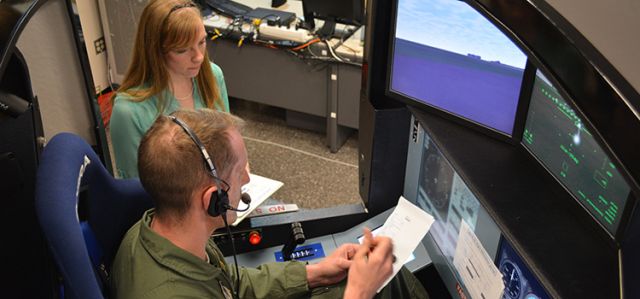Techno-economic Feasibility Study of Autonomous Hybrid Wind and Solar Power Systems for Rural Areas
Document Type
Article
Publication Date
4-25-2015
Publication Source
Environmental Progress & Sustainable Energy
Abstract
In this research, a feasibility study of using a small wind turbine as an integrated system with a solar photovoltaic system and a diesel generator was performed using the HOMER®optimization model. For this purpose three main scenarios have been taken into account. In the first two scenarios the diesel price was considered 0.8 $/L (Scenario 1) and 1.5 $/L (Scenario 2) and no limits were assumed for emissions of diesel generator. The most efficient system in the first scenario consists of one wind turbine (15 kW), a 75 kW generator, 35 batteries, and a 15 kW converter with renewable fraction of 53%. However in the second scenario, 7 kW photovoltaic array was added to the designed optimal hybrid system and thus the renewable fraction was increased to 71%. In the third scenario the limits were specified for the different pollutants using the CAP (Ontario Clean Air Program) standard. It was revealed that the optimal configuration which contains a 75 kW diesel generator, 21 kW photovoltaic array, 75 kW wind turbines, 50 batteries, and a 20 kW converter would be the most economically feasible. Emission analysis revealed that among all of the designed hybrid systems, highest level of CO2emissions was observed for a stand-alone diesel system with value of 115,436 kg/yr and the lowest level was observed for the hybrid system in the third scenario with value of 991 kg/yr. Additionally it was proved that the third scenario would be the best option for connecting the system to the grid.
Inclusive pages
1521-1527
ISBN/ISSN
1944-7442
Copyright
Copyright © 2015, American Institute of Chemical Engineers
Publisher
John Wiley & Sons
Volume
34
Issue
5
Peer Reviewed
yes
eCommons Citation
Choi, Jun-Ki; Yoo, Changkyoo; Ataei, Abtin; Nedaei, Mojtaba; Assareh, Ehsanolah; Biglari, Mojtaba; and Adaramola, Muyiwa Samuel, "Techno-economic Feasibility Study of Autonomous Hybrid Wind and Solar Power Systems for Rural Areas" (2015). Mechanical and Aerospace Engineering Faculty Publications. 213.
https://ecommons.udayton.edu/mee_fac_pub/213
COinS




Comments
Permission documentation on file.